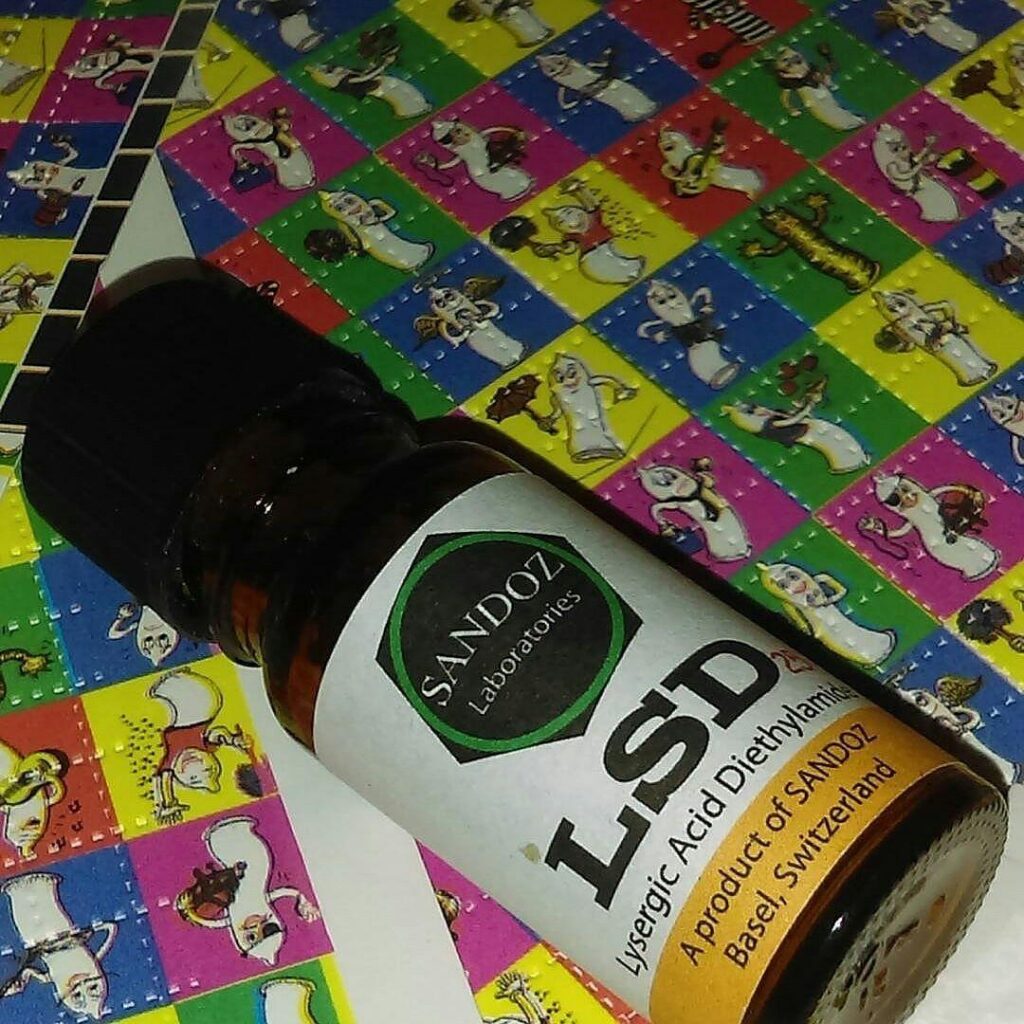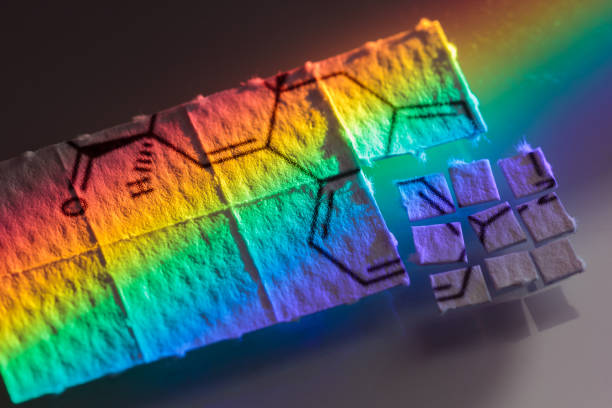Uncategorized
The Comprehensive Guide to Liquid LSD: Understanding, Making, and Effects
Introduction
LSD, known scientifically as lysergic acid diethylamide, is one of the most potent and well-known psychedelics. It has a storied history and has been both celebrated and vilified over the decades. This blog post aims to provide a comprehensive guide to liquid LSD, addressing common questions and exploring the nuances of this powerful substance.
What is Liquid LSD?
Liquid LSD is a form of LSD that is dissolved in a liquid, typically water or alcohol. This form of the drug is highly concentrated, making it easy to measure and dose. The liquid is usually stored in small dropper bottles, which makes it convenient for users to control their intake.

History of LSD
LSD was first synthesized by Swiss chemist Albert Hofmann in 1938. However, its psychoactive properties were not discovered until 1943, when Hofmann accidentally ingested a small amount and experienced intense hallucinations. This marked the beginning of LSD’s journey into the public consciousness, eventually becoming a key substance in the countercultural movements of the 1960s.
Is LSD a Liquid?
LSD itself is not inherently a liquid; it is a solid substance. However, because it is incredibly potent, it is often dissolved in a liquid for easier dosing and administration. In its pure form, LSD is a white, odorless, crystalline powder. For practical purposes, the solid form is usually converted into a liquid.
Why Liquid LSD?
Liquid LSD is preferred by many due to its ease of use and precise dosing. A single drop can contain a standard dose of 100-150 micrograms, making it simple to measure and consume. Additionally, liquid LSD can be more stable and have a longer shelf life compared to its paper blotter counterpart.

Acid Drug: Understanding the Basics
The term “acid” is a street name for LSD. This name likely derives from the word “lysergic” in its chemical name. Acid is renowned for its powerful hallucinogenic effects, which can drastically alter a user’s perception, thoughts, and feelings.
Chemical Structure and Action
LSD works primarily by interacting with serotonin receptors in the brain. Serotonin is a neurotransmitter that plays a key role in mood, perception, and cognition. LSD’s effects on these receptors lead to the profound changes in consciousness that users experience.
How to Make Liquid LSD
It’s important to note that the synthesis and distribution of LSD are illegal in most jurisdictions. This section is for educational purposes only and does not condone or encourage illegal activity.
Sourcing Precursors
The production of LSD requires specific precursor chemicals, such as ergotamine, which is derived from the ergot fungus. These precursors are heavily regulated due to their potential use in drug synthesis.
Synthesis Process
The process of synthesizing LSD is complex and requires a solid understanding of organic chemistry. The synthesis involves several steps, including the careful handling of hazardous chemicals and precise control of reaction conditions. After the synthesis, the LSD is purified and then dissolved in a solvent, typically ethanol or distilled water, to create liquid LSD.
Dosing and Safety
Once in liquid form, LSD can be dosed using a dropper. It is crucial to use accurate equipment to ensure proper dosing, as LSD is potent even in microgram quantities. Safety precautions should always be observed to prevent accidental ingestion or exposure.
What Does Acid Do?
The effects of LSD, or acid, can vary widely depending on the dose, the user’s state of mind, and the setting in which it is used. Here are some of the most common effects:
Psychological Effects
- Hallucinations: Users often experience vivid visual and auditory hallucinations. These can range from simple distortions of shapes and colors to complex visions and scenes.
- Altered Perception: Time may seem to slow down or speed up. Objects can appear to breathe or move, and colors may seem more vibrant.
- Euphoria: Many users report feelings of intense joy and a sense of connection to the universe or other people.
- Introspection: LSD can lead to deep self-reflection and insights into one’s thoughts, emotions, and life circumstances.
Physical Effects
- Dilated Pupils: One of the most noticeable physical effects is the dilation of the pupils.
- Increased Heart Rate: Users may experience an elevated heart rate and blood pressure.
- Sweating and Chills: Temperature regulation can be affected, leading to episodes of sweating or chills.
- Nausea: Some users experience nausea, especially at higher doses.
Duration of Effects
The effects of LSD typically begin within 30 to 60 minutes after ingestion and can last anywhere from 6 to 12 hours. The intensity of the experience generally peaks at around the 2 to 4-hour mark.
Safety Considerations
While LSD is not considered addictive, it can be psychologically challenging and potentially harmful, especially for individuals with underlying mental health conditions. Here are some safety tips:
- Set and Setting: Ensure you are in a safe, comfortable environment and in a positive state of mind before using LSD. Having a trusted, sober person (a “trip sitter”) present can be beneficial.
- Start Small: If you are new to LSD, start with a lower dose to gauge your reaction.
- Stay Hydrated: Drink water to stay hydrated, but avoid overconsumption of liquids.
- Avoid Mixing Substances: Do not mix LSD with other drugs or alcohol, as this can increase the risk of adverse effects.
- Know the Law: Be aware of the legal status of LSD in your area to avoid legal repercussions.

Myths and Misconceptions
There are many myths surrounding LSD. Let’s address a few common ones:
- Permanent Psychosis: While LSD can trigger temporary psychosis in some users, especially those predisposed to mental illness, it does not cause permanent psychosis in the vast majority of users.
- Chromosome Damage: Early studies suggested LSD could cause genetic damage, but subsequent research has debunked this myth.
- Flashbacks: Some users report experiencing flashbacks, or Hallucinogen Persisting Perception Disorder (HPPD), but this condition is rare and not well understood.
Conclusion
Liquid LSD is a powerful psychedelic with a rich history and a profound impact on users’ perceptions and consciousness. Understanding what LSD is, how it works, and its effects can help demystify this substance. Whether you’re a curious researcher, a potential user, or someone interested in the cultural impact of psychedelics, this guide provides a comprehensive overview.
Always prioritize safety and legality when considering the use of substances like LSD. Psychedelics hold great potential but should be approached with respect and caution.
This blog post is designed to be informative and thorough, offering readers a detailed look at liquid LSD, its effects, and important safety considerations.
